I think what’s always drawn me to the north of Thailand is that I’ve found it so much easier to get off the beaten path in comparison to the country’s islands; my experiences felt richer and more authentic. I’m also not a great beach fan. I love looking at beaches, but sunbathing bores me stupid and I’m not a confident swimmer (plus I’m paranoid about leaving belongings unattended on the sand).
Whereas I love hiking , I love the quietness and solitude of the countryside, I love strenuous climbs to hilltop temples, and I love learning about the cultures and customs of hill tribes. There seems to be so much more going on in the north of the country that doesn’t involve drinking and partying until the sun rises (although often when that happens spontaneously, in the right company it’s the best thing ever).
But, seeing as though Stu loves the ocean like I love the mountains, we agreed upon a little compromise. Having spent our entire two weeks in Myanmar inland – visiting temples, drinking tea, exploring centuries-old archeological sites, riding trains, trekking through farmland and meeting remote hill tribe communities, and visiting stilt houses villages on the country’s largest lake – the deal was that we would head down to southern Thailand afterwards, to bask in the sun and swim in the calm, clear waters of the Andaman Sea. Or in fact any sea that was within relatively easy reach of our jumping off point – Krabi.
My only real stipulation (and one that I realise is becoming increasingly harder to fulfil) was that I did not want to visit a Thai island that had lost its roots, one whose authenticity had been destroyed by the development of the tourism industry, and one where local people were outnumbered by foreign tourists.
I suspect Stu probably wasn’t that bothered either way, because he didn’t plan to spend much time actually on the island.
But, after seeing a photo that one of our Inca Trail trekking companions had posted on Facebook, he decided that he did want to check out “James Bond Island” in Phang Nga Bay and, according to Lonely Planet,
“Ko Yao Yai and Ko Yao Noi are laid-back vantage points for soaking up Ao Phang-Nga’s beautiful scenery.”
So it was a toss up between the two islands. Ko Yao Yai was larger, but less developed. However there was a distinct lack of budget accommodation options (I guess exclusivity comes at a price) available on Ko Yao Yai, so we settled upon Ko Yao Noi and booked ourselves into Sabai Corner for two nights.
Unfortunately we hadn’t been blessed with the greatest weather since arriving into Krabi in the middle of a thunderstorm. In the dry season. But we were hopeful that the farther we headed from the mainland the clearer the skies would become.
Getting to Ko Yao Noi from Krabi
This actually turned out to be a lot trickier and more time consuming than we’d been led to believe. The lady at Pak-Up Hostel in Krabi marked the bus stop on the map from where we needed to catch a bus to Tha Len Pier. She told us the bus left at 9am, and that it would get us to the pier in time to catch the ferry at 10am.
Lots of buses pulled up at the bus stop at which we were stood but the drivers all shook their heads when we asked if they were heading to Tha Len Pier. By the time we found a driver who indicated that we should get in, it was almost 9:30am. And then, when the driver announced “Tha Len Pier” and stopped in order for us to disembark, we actually found ourselves at the side of a busy main road. Not a single boat in sight.
We were starting to panic, as we had no idea where we were, no access to wifi, and no idea what time the next ferry was after 10am. If indeed there was a next one. We didn’t know whether we should stay where we were, in the hope that a connecting bus would turn up, or whether to set off in search of help. After much deliberating (read: shouting at one another, each of us expecting the other to know what to do), we decided to stay put, and just after we’d given up all hope of getting to Ko Yao Noi today, a bus turned up that was actually heading to Tha Len Pier.
When we arrived at the pier the place was deserted. Upon asking the only man in sight if this was the right place to catch a boat to Koh Yai Noi, he nodded and invited us on board his vessel, but informed us that the departure time wasn’t until 12:30 – over an hour after we’d arrived. It was the hottest part of the day, there was zero shade anywhere other than below deck, not a single cafe in sight (or in fact anywhere to buy a bottle of water) and no available toilets either.
It was a very long hour.
My advice would be to catch a taxi from Krabi Town to the pier. It may cost you more but at least you’ll be able to make the journey in around 40 minutes.
According to Travelfish, departures are at the following times:

Although, considering we definitely arrived at Tha Khao Pier on Ko Yao Noi, we’re pretty sure our pilot didn’t stick to the scheduled timetable, and I’m also pretty sure that departures were not that frequent; we waited well over an hour at Tha Len Pier. I dread to think how difficult this journey is in the off-season.
Arrival on Ko Yai Noi
The journey from Krabi takes approximately one hour. Most boats will arrive at Tha Khao Pier, on the eastern coast of the island, as this is where you’ll find the majority of the island’s accommodation options. Whilst Ko Yao Noi is a pretty small island, unless you’re staying at Namtok Bungalows it’s still a good walk to your hotel or guest house (ours was three kilometres away) and not one we fancied with two heavy backpacks.
You’ll find no shortage of songthaews (shared taxis/minibuses) at the port, but they all charge a flat rate of 100THB (£2.30), regardless of how far you’re travelling. So we made (what we thought was) the clever decision to start walking, in the hope that we could pick up a taxi on route for a fraction of the price. Except that we were two of the only four people who had arrived at the pier, and songthaew drivers don’t just circle the island hoping to pick up a fare, because, well, there’s just not enough visitors to the island to make it worth their while. And all the residents have their own transport.
So we made it as far as Namtok Bungalows and had to swallow our pride by asking one of the very helpful staff if he could call us a taxi. I’m sure we were promptly collected by one of the guys we’d (not so cleverly) turned down at the port, and then ended up paying 100THB for travelling a shorter distance than we would have done, had we got in at the port in the first place.
Yes we did feel a little bit stupid.
Don’t make the same mistake: just get in the taxi and pay your 100THB.
Accommodation on Ko Yao Noi
There is plenty of budget accommodation on the island. We actually ended up staying at two different guesthouses during our stay, not because we hated the first one but because the mosquitoes there hated us (or rather, me specifically). The 12 private bungalows at Sabai Corner are all set on a hill amidst abundant, colourful, tropical foliage, and ours was the highest of them all.
The bungalow itself was lovely and rustic with a separate semi-al fresco bathroom, and a balcony with a couple of hammocks. It would have been the perfect place to relax had the mosquitoes not had other ideas. Even smothering ourselves in deet spray did little or nothing to dissuade them.
So we spent most of our time downstairs, relaxing in the attached restaurant/bar area overlooking the sea. It was equally as rustic as the bungalows, with a couple of hammocks right by the water’s edge. The owner – an Italian expat named Selma – loved nothing more than chatting to her guests, and the food she served up (a combination of Thai food and Italian dishes) was better than a lot of other restaurants on the island.
We spoke to other guests who were staying in the bungalows lower down or on ground level and they didn’t seem to be having the same problem with mosquitoes as we were. We tried to move rooms but Sabai Corner was full, so regrettably we had to move guesthouses – further along the coast to Pasai Cottage.
But we loved Pasai Cottage just as much for different reasons. We didn’t get the same level of service as we did at Sabai Corner and there’s a road between the restaurant and the beach, but the thatched-roofed bungalows are all on ground level, set amidst pretty gardens, each with its own terrace. The rooms are bigger too and you don’t have to go outside to use the bathroom. Plus our bungalow was half the price of the one at Sabai Corner: 600THB compared to 1000THB per night, and with breakfast included.
And the best thing? Hardly any mosquitoes!
Things to Do on Ko Yao Noi
The best way to get around the island is to hire a scooter (or a bicycle, if you’re feeling energetic) for the day. Because we could fit two of us on the scooter, it actually worked out cheaper per person to hire one of those rather than a bicycle each. Bicycle hire was 200THB for 24 hours and scooter hire was 250THB for 24 hours. Even with petrol costs (42THB per litre), it was still a no-brainer. We hired the scooter from our guest house, Sabai Corner.
Another plus point about getting the scooter was that we could just wizz around the island with no set agenda, whereas on a bike we’d have needed to plan our route so as not to retrace our steps. Because even though Ko Yao Noi is a small island, there’s still a fair amount of ground to cover and a few uphill climbs. What’s more, all the really scenic spots are right at the end of dirt tracks.
With mangrove swamps lining its west coast, pastoral interiors, and sandy east-coast beaches with views out to the towering karst islands of Phang Nga Bay (on a clear day), Ko Yao Noi boasts some pretty diverse scenery considering its diminutive size.
Hornbill View Point
For one of the best views across Phang Nga Bay, head up to Hornbill view point on the northeast of the island. A series of steps climb through forest above an inlet where a number of wooden fishing boats reside.
Rubber Tree Plantations
The majority of Ko Yao Noi’s residents make their money either from fishing or rubber (or increasingly, tourism). You’ll see countless rubber tree plantations all over the island, and if you look closely at the individual trees, you’ll see a tapping grove carved into each one in order to collect the latex.
Mangrove Swamps
There are quite a few of these scattered along the west coast of the island. We actually found a deserted beach where the tide was out and we watched hundreds upon hundreds of hermit crabs carrying their homes along the wet sand.
Fiddler crabs scuttled in between the mangrove roots and mudskippers bathed at the edges of the water channels, occasionally brave enough to reveal more than just a pair of eyes above the waterlogged silt.
Long Beach
Long Beach was marked on our island map (given to us by the kind lady at Sabai Corner) and had been recommended as a lovely deserted slice of paradise. I can understand now why it’s so deserted: only the most intrepid of motorcycle riders would venture down this muddy obstacle course of a dirt track.
Yes the track had been made worse by the recent heavy rains, but we did contemplate turning back on several occasions. In fact we were seriously wondering whether there was even going to be a beach at the end of it.
Fortunately there was, and had the weather been a little better it could well have been that slice of paradise we were promised it would be.
Pradu Seafood
Although we did eat here I’m mentioning Pradu Seafood more for its tranquil setting right opposite the ricefields at Ton Pra Doo village, next to Tha Ton Do Pier.
Goodview Restaurant for sunset
We didn’t even eat here at all; we were simply looking for a good spot from which to watch the sunset. It was the entrance sign for Good View Restaurant that we spotted first, followed the set of stairs beyond that led down to a beach to the left hand side of the restaurant.
I nearly got my flip flops stuck in the squelchy sand, and almost tripped over several mooring lines (the light was getting too poor to spot them very easily) in order to get this shot but it was totally worth it in my opinion.
If we’d have timed things a little better, we would have rocked up a little earlier, grabbed a couple of beers from the restaurant bar, and secured some front row seats overlooking the beachfront.
Dinner at Kaya Restaurant
About 800 metres further along the coast from Pasai Cottage, Kaya Restaurant was where we chose to have dinner on our final night on the island, and it was totally and utterly worth the wait: the stir fried shrimp in tamarind sauce was to die for.
Plus we could watch the geckos roaming around inside the lampshades before our food arrived.
Take a boat trip around Phang Nga Bay
If the guest house you’re staying at can’t help you organise a boat trip around Phang Nga Bay then head on over to Sabai Corner, who can. We paid 800THB for a full-day trip including lunch. I’ll be writing a post about our boat trip very shortly, but it’s a great way of seeing some of the spectacular scenery this bay is famous for.
Unfortunately, due to the recent storms in and around Phang Nga Bay, the silt and sand on the sea bed had been disturbed, making visibility very poor for snorkelling. Stu was absolutely gutted, considering that swimming and snorkelling in the (usually) calm, clear waters of the Andaman Sea had been the one thing he’d been looking forward to most of all.
The only thing I could do to console him was to promise that we’d leave the island the following day to go in search of better weather and clearer waters.
However in spite of the somewhat unpredictable weather, frequent showers, stubborn cloud, and rough seas, Ko Yao Noi had been exactly the kind of island getaway we were looking for. Although it may not stay this way forever (and I appreciate the irony of the fact that I’m publishing a post encouraging you to discover an island whose appeal lies in the fact that it remains relatively undiscovered), at the moment the island successfully manages to escape mass tourism.
Although it’s easily accessible from both Krabi and Phuket, Ko Yao Noi’s tight-knit local Muslim community (yes, there are mosques here rather than temples) has led the island along a more low-impact, peaceful development path.
Accommodation has been constructed to remain in keeping with the natural environment, so you’ll find individual bamboo huts surrounded by lush vegetation rather than apartments or hotels on the beachfront. It’s the kind of place where you can leave the keys in the ignition of your scooter and they’ll probably still be there when you return half an hour later. Everyone trusts one another and everyone looks out for one another.
In short, life on Ko Yao Noi feels exactly the way I imagine island life should feel.
Do you have a favourite Thai island? Or know one that has largely managed to escape the attention of travellers and media? Tell me in the comments below, I promise not to tell anyone else! 😉
If you like this article, please share it on social media using the share buttons at the top of the post. Alternatively you can follow along on Facebook, Twitter, or Google+ or you can look me up on Instagram or Pinterest too!
**Some of the links in this post are affiliate links. All this means is that if you make a purchase through one of the links I have provided, I will earn a small commission as a result but the cost to you will remain exactly the same. Any commission I make helps to keep this site running. Many thanks for your support!**




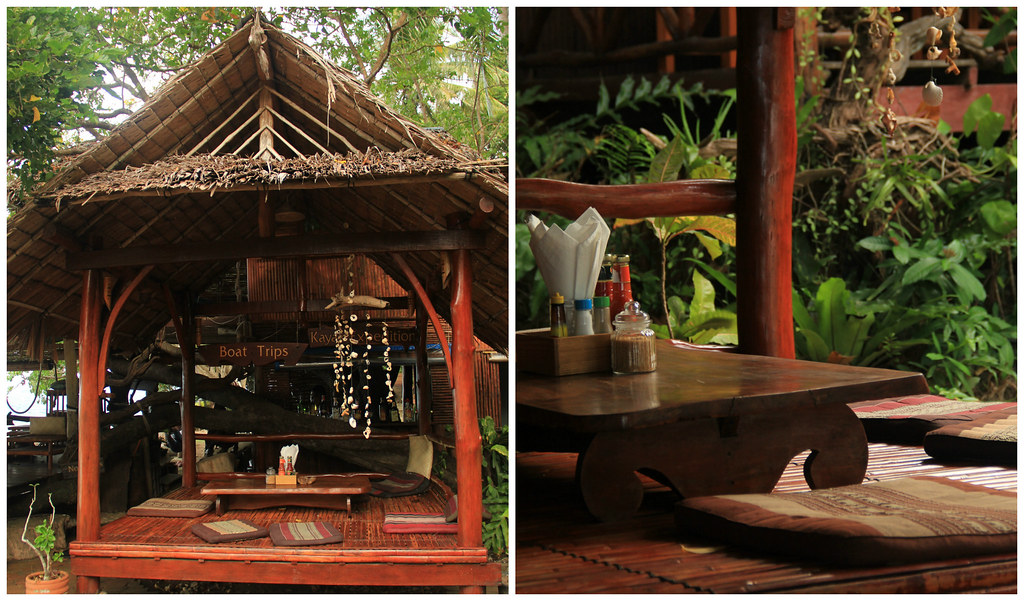
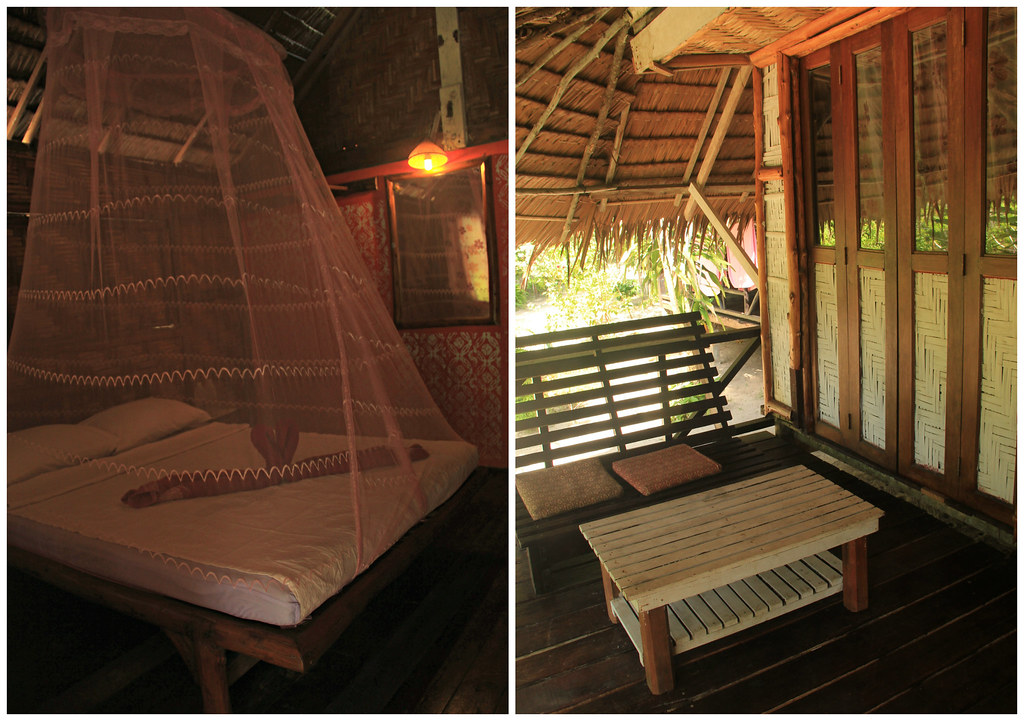
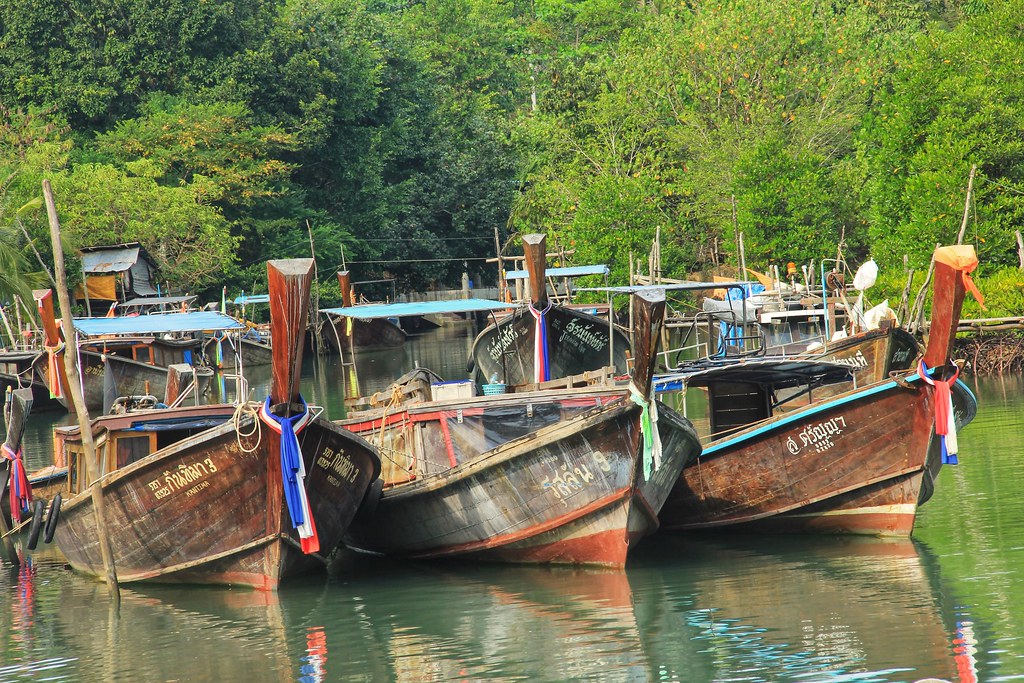
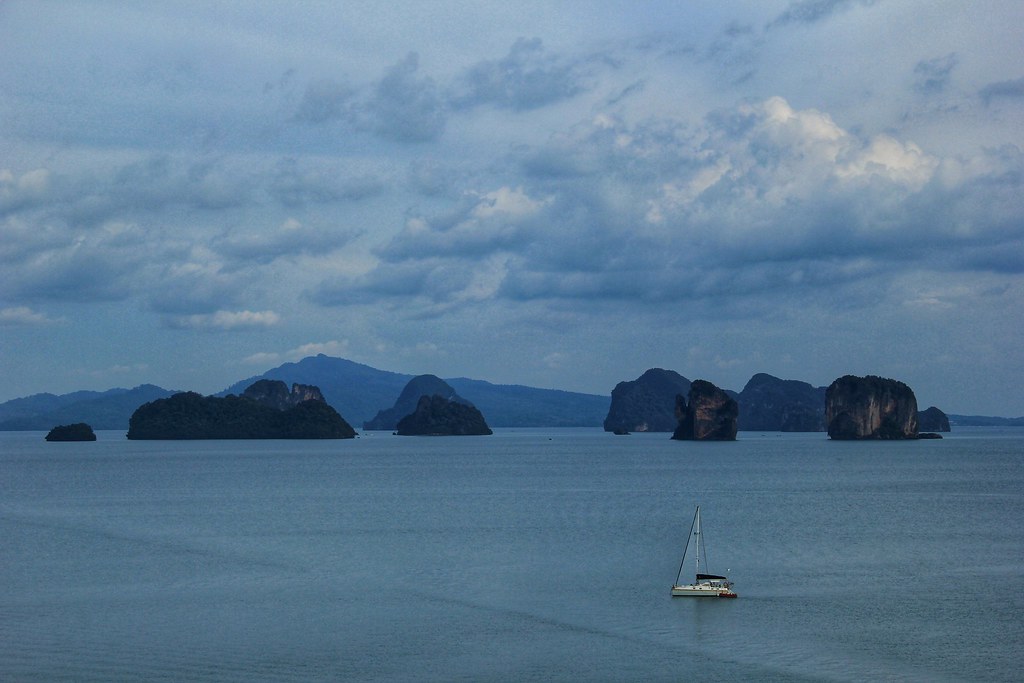

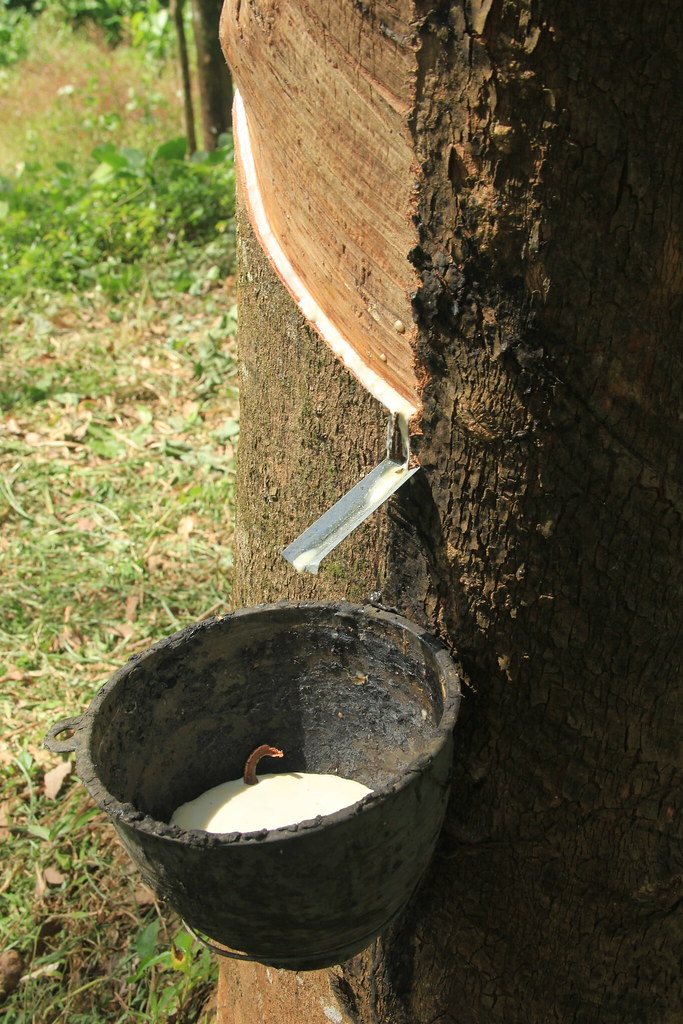


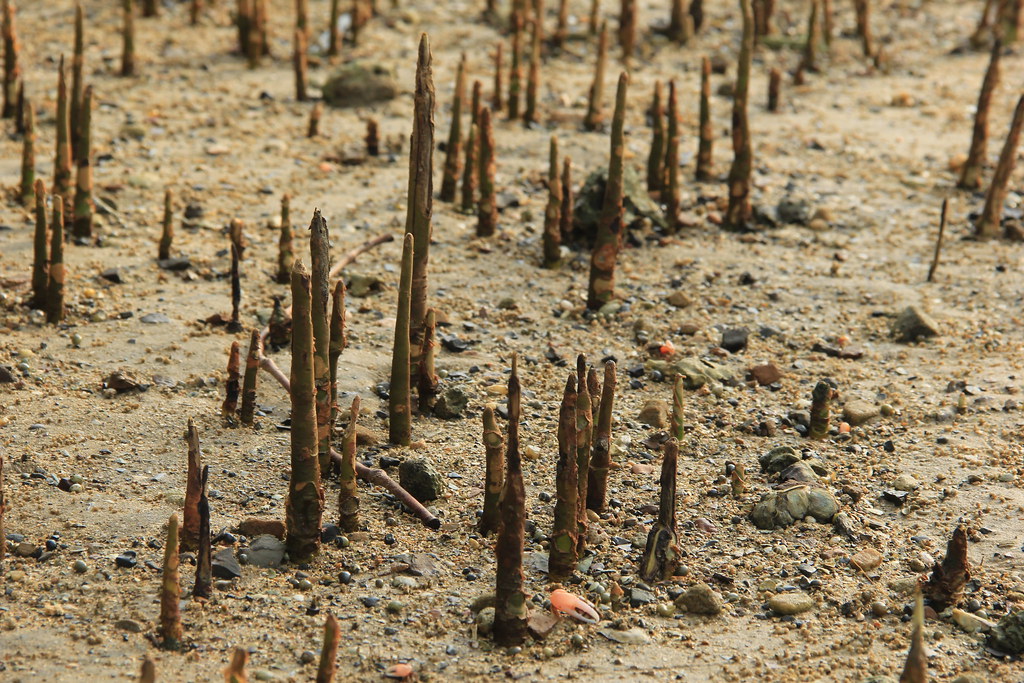
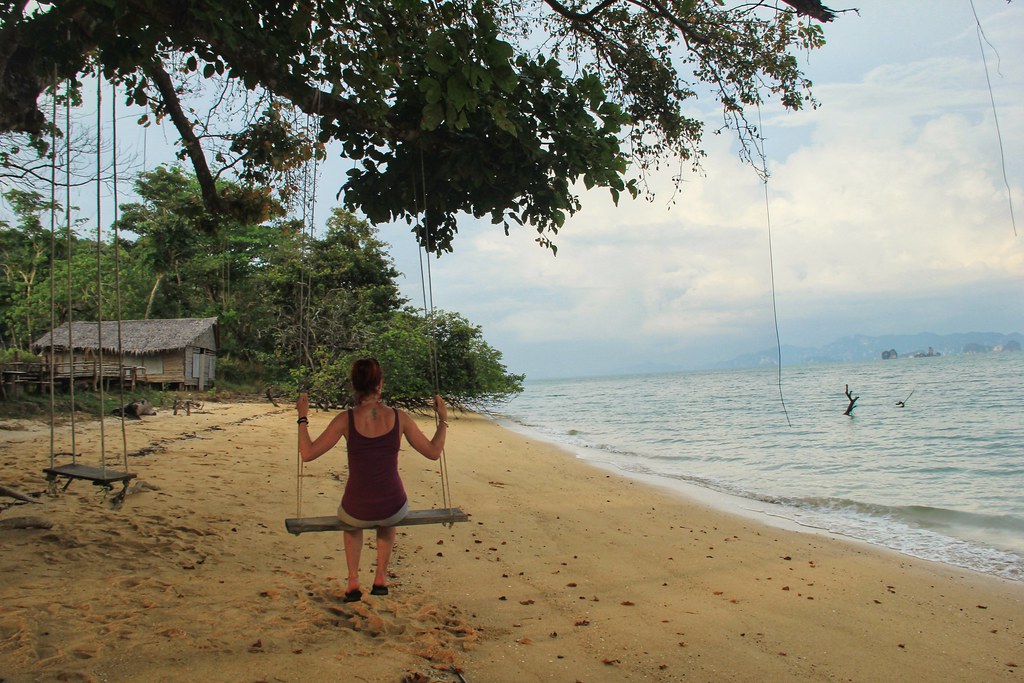
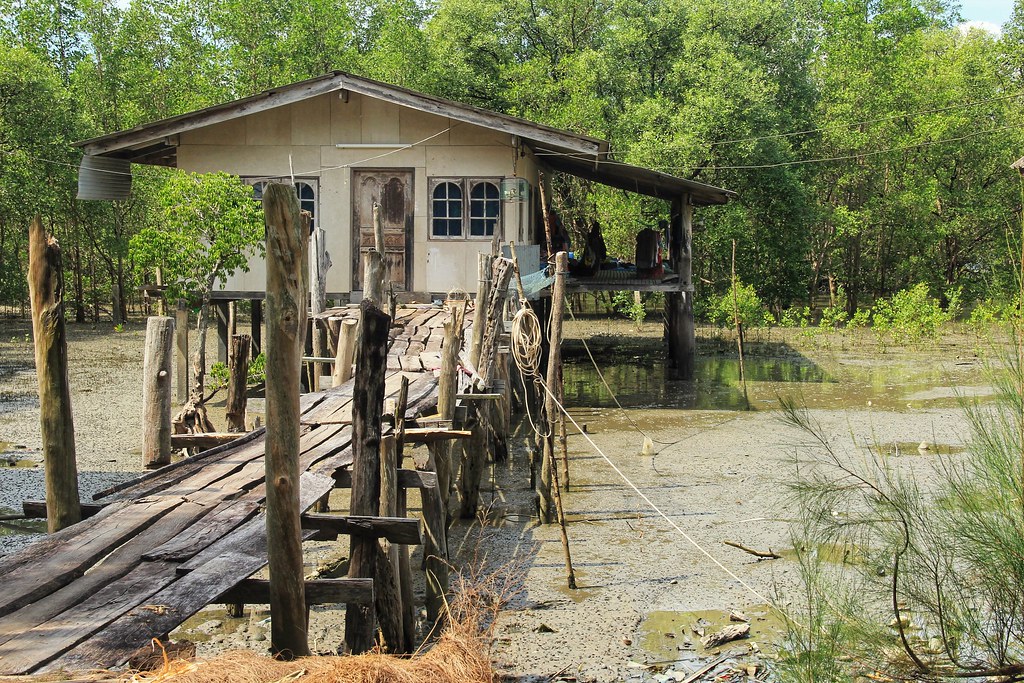
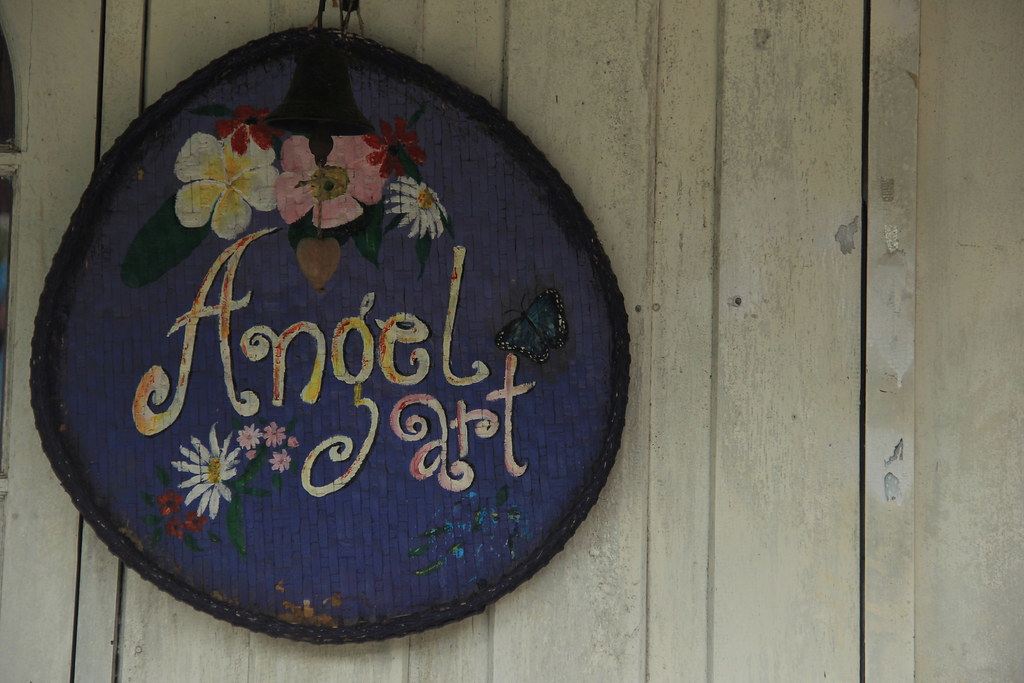

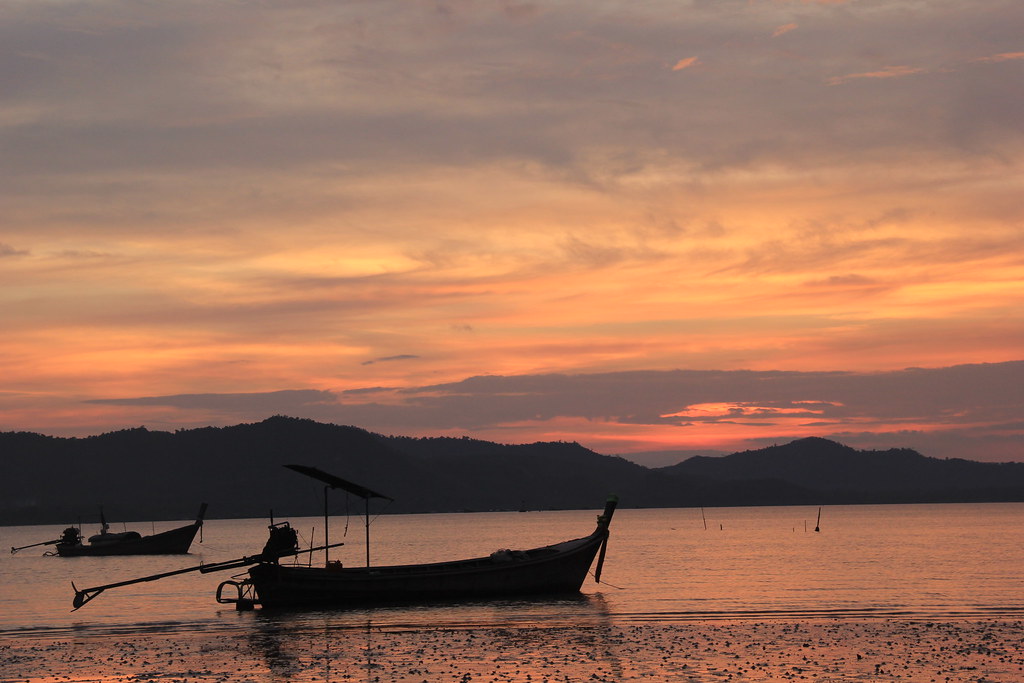






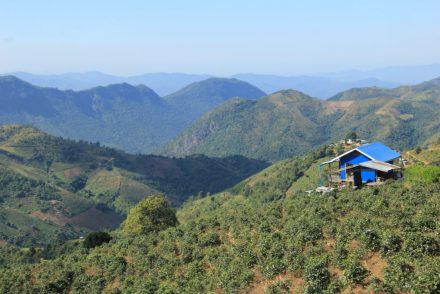



4 Comments
Thailand has so much to offer, beside the normal touristic spots. As always I like your photos a lot, almost tripping in flip flops was worth it. 🙂 Those captions of sunsets are stunning.
Thanks for the lovely comment about my photos. I always feel like I’m a crap photographer when I look at everyone else’s photos on Instagram, so that means a lot 🙂
And yes, I’d love to have the time to discover some more non-touristic parts of Thailand’s islands, as the lesser visited islands are always those that are more difficult to get to.
Koh Yao Noi looks very beautiful. Thank you for sharing this post, perfect timing as I am just about to book flights to Krabi and I am torn between Koh Yao Noi and Koh Yao Yai. I was leaning more towards Koh Yao Yai but after reading your post I might actually do both islands.
We wanted to make it to Koh Yao Yai too, but a combination of more expensive accommodation and bad weather meant that we didn’t. If you write about it at all I’d love to read, so please do send me a link or tag me on Twitter @KiaraGallop 🙂